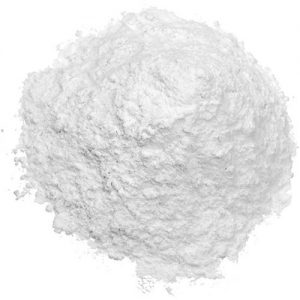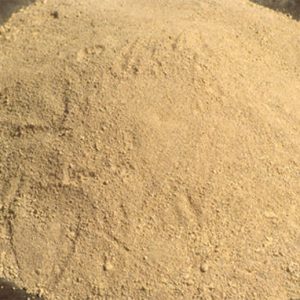Silicon is a beneficial plant nutrient found in virtually all natural soils but not, until now, in hydroponic nutrient solutions. Silicon will strengthen the plants cell walls producing stronger healthier plants with massive root systems and increased resistance to pests and disease.
High Sil is Bioavailable containing the following :
K2O > 12.0%
SiO2 > 26.0%
High Sil is highly beneficial to plants in the range of 20–50 ppm in the nutrient solution and needs to be added as a separate component.
High Sil must be added to nutrient tanks every time a fresh batch is made.
Advantages of High Sil :
- Improves uptake of nutrients and transport through the plant.
- Strengthens cell walls, helping plants to resist attacks from fungi and mites.
- Increases chlorophyll production leading to darker green leaves and improved light collection.
- Increases uptake of available CO2 and utilises the enhanced metabolic processes to deliver higher yields.
- Also adds very useful extra potassium for enhanced flowering.
- Increased weight.
High Sil has an important role in the uptake and vascular transport of mineral nutrients, and can greatly improve the mechanical “strength” of the plant and its resistance to fungal diseases.
The addition of High Sil to nutrient solutions can greatly reduce the incidence and severity of fungal diseases including Botrytis (bud rot) and powdery mildew.
Raising the silicon concentration in hydroponic solutions produces thicker, whiter, healthier root systems and increases yields.
Silicon has also been shown to result in higher concentrations of chlorophyll per unit area of leaf tissue. This means that a plant is able to tolerate both lower and higher light levels by using more of the available light.
The best pH UP…!
High Sil – like ALL silicon products – is very basic, has a high pH, and can therefore be used effectively to raise the pH of hydroponic nutrient solutions.
Dosage & Application :
Foliar Spray:
Vegetables : 500ml per acre to be applied every 2 weeks.
Orchards & Vineyards : 1 Ltr per acre to be applied every 4 weeks.
Ornamentals & Turf : 500ml per acre to be applied every 4 weeks.
Fertigation :
Vegetables : 1Ltr per acre to be applied every 4 weeks.
Orchards & Vineyards : 2 Ltr per acre to be applied every 8 weeks.
For Treating Saline & Sodic Soils :
High Sil is used to boost K and take it over the Na level and also make use of Si to make Na-silicate and immobilize the Na.
Dose : 2 Ltrs/acre with 1Kg Soluble Humic Powder.
Personal Protection :
Use safety goggles, rubber or plastic gloves and protective clothing, and ensure adequate ventilation.
Goggles are essential for eye safety when handling aggressive liquids.
First aid measures :
Eyes: Immediately flush eyes with plenty of water for at least 15 minutes, occasionally lifting the upper and lower lids. Get medical aid immediately. Do NOT allow victim to rub or keep eyes closed.
Skin: Get medical aid immediately. Immediately flush skin with plenty of soap and water for at least 15 minutes while removing contaminated clothing and shoes. Discard contaminated clothing in a manner which limits further exposure. Ingestion: Do NOT induce vomiting. If victim is conscious and alert, give 2–4 cupfuls of milk or water. Never give anything by mouth to an unconscious person. Get medical aid immediately.
Inhalation: Get medical aid immediately. Remove to fresh air immediately. If not breathing, give artificial respiration. If breathing is difficult, give oxygen. Note to physician: treat symptomatically and supportively.
Health & Safety:
This liquid needs safe and careful handling:
• Always wear gloves and eye protection when handling aggressive liquids.
• Always store in locked cupboards.
• KEEP AWAY FROM CHILDREN.





Reviews
There are no reviews yet.